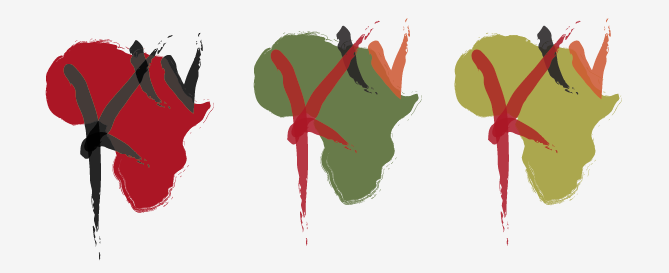A Communications Primer (1953) by Ray & Charles Eames
The beginning of the film starts with the explanation of communication and that we all should be aware how we use communication in everyday life. The introduction of the graph we discussed in class is shown and explained:
Noise is introduced and they gave the example of reading a book. Starting with the source (the book), then to the transmitter (the printed page), then the receiver (the eye), then the destination (the brain). The noise could be a sound interrupting you from reading and gaining understanding or what you are reading.
Another example was the painter and his painting. Using art as a form of communication. The source is the thoughts, ideas, and way of thinking of the painter, the transmitter is his talent, the message would be the painting itself, the receiver would be the people looking at the painting, and lastly the destination would be the what the person thinks and feels about painting.
Source: the idea or thought behind the message
Transmitter: the way one communicates the thought or idea
Channel or Message: what needs to be communicated
Receiver: the people/person receiving the message/channel
Destination: the way the receiver perceives the channel/message
Symbol: the abstraction of an idea
(Ex: storm warning flag. originally the simplicity of shape and color to show warning)
Symbols also change and involve.
Visual Communications from theory to practice
Three levels of communication and it's processes.
1) Technical: Media that is being designed and who it is directed to. Are we communicating the message clearly? Does one need special knowledge to understand the message?
2) Semantic: Can it be made simpilar? What can be removed from the message until the meaning is lost?
3) Effectiveness: How does the message/channel effet the behavior of the receiver?
Feedback: helps a designer refine their work and gauge how effective their work is.
The Berlo Model of Communication
The relationship between the source and the receiver.
Source is broken into five different communication, knowledge, social system, and culture.
Communication skills:
decoding (listening and reading)
encoding (speaking and writing)
both (reasoning or thought)
Message: content and structure
Receiver: knowledge, attitudes, social system, and culture


















































